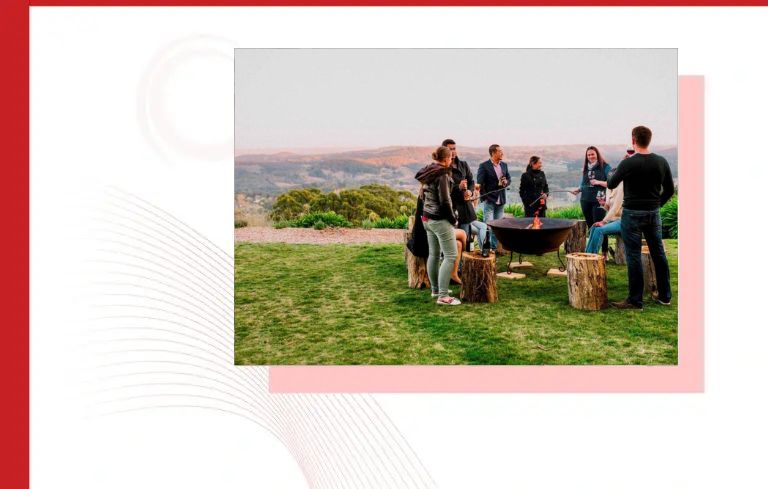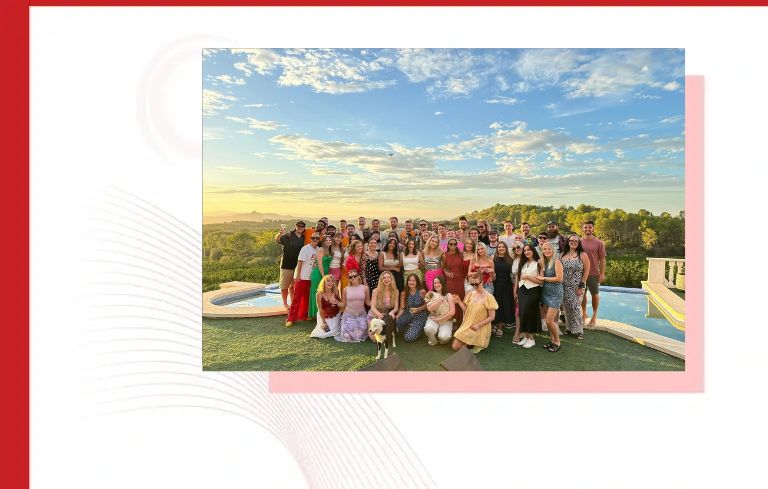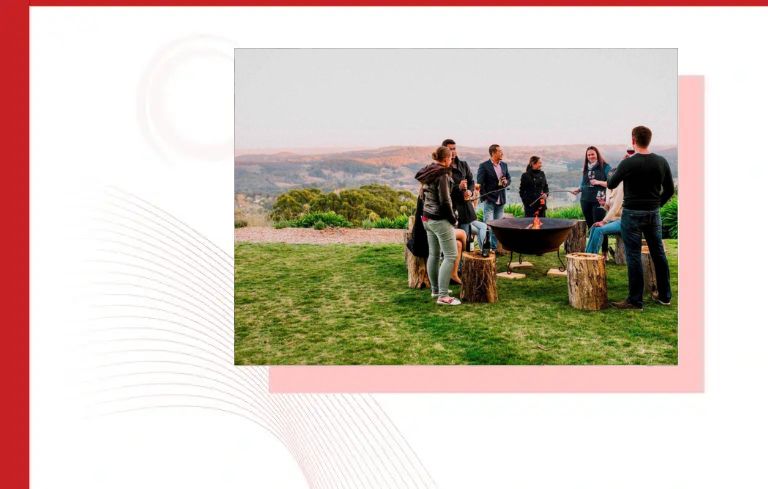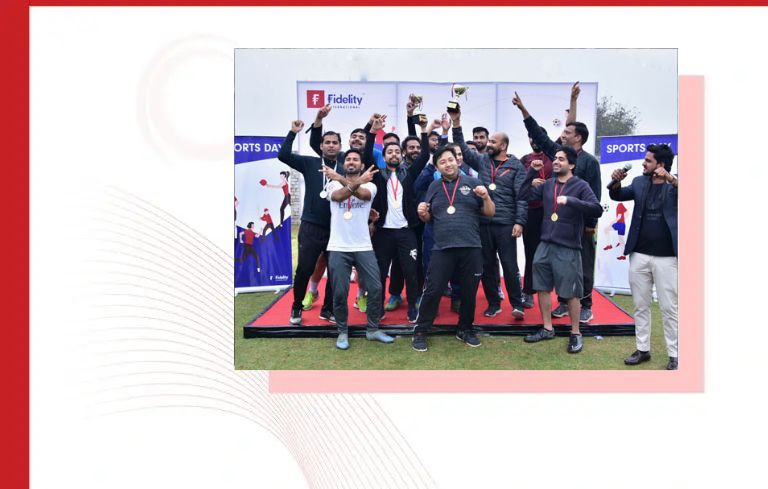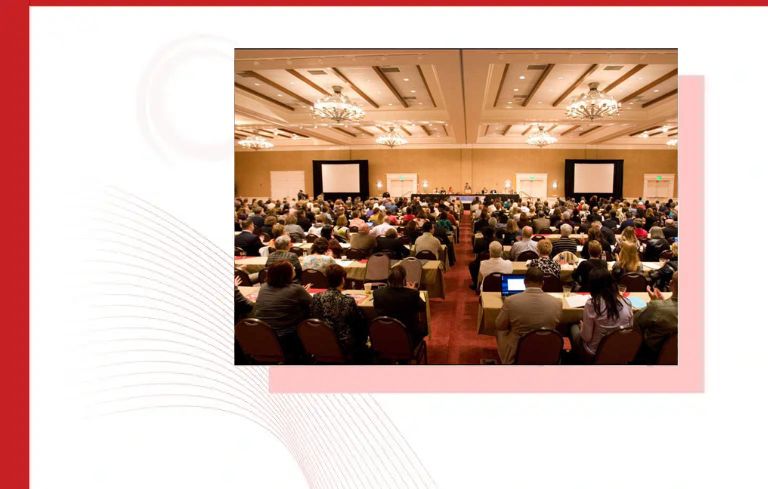India is home to a rich legacy of classical dance forms that combine storytelling, rhythm, devotion, and drama. These Classical Dances of India are not just modes of entertainment but cultural treasures that represent the heritage, philosophy, and diversity of the subcontinent. As an event management company, Hire4Event brings the grandeur of classical Indian dance to your stage—be it a corporate function, cultural festival, wedding, or international event.
In this blog, we dive deep into the world of Indian classical dance, exploring its origins, types, features, and relevance in modern-day event experiences.
What Are Classical Dances?
Classical dances in India are deeply rooted in religious and spiritual traditions. These dance forms are based on the principles laid down in the Natya Shastra—an ancient treatise on performing arts written by Bharat Muni. Each classical dance has a unique grammar and is recognized by its specific movements, expressions (abhinaya), costumes, music, and storytelling techniques.
Unlike folk dances that emerge from regional celebrations and community life, classical dances are formal, well-documented art forms passed down through generations by professional gurus and institutions.
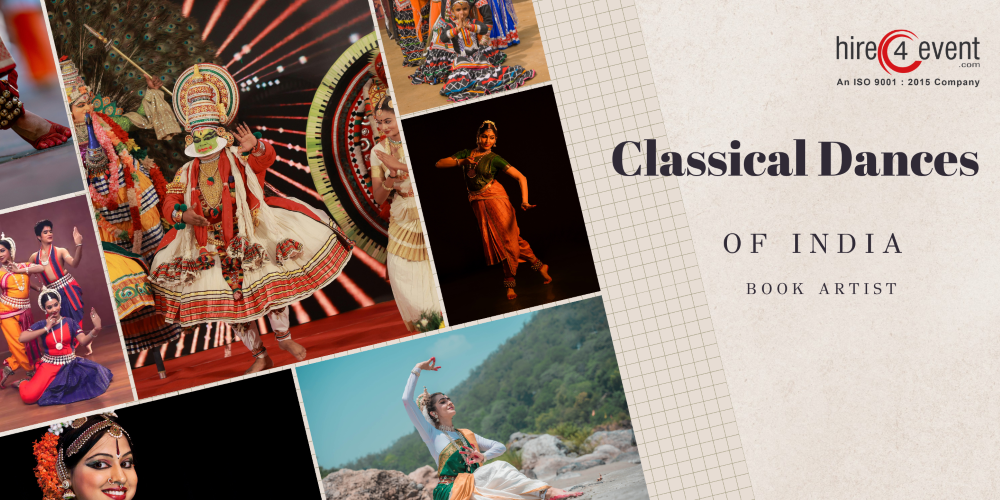
The Ten Major Classical Dance Forms of India
India officially recognizes nine classical dance forms, each originating from a different part of the country. Here is an in-depth look at each:
1.Bharatanatyam (Tamil Nadu)
Bharatanatyam is one of the oldest and most revered dance forms in India. It originated in Tamil Nadu and was traditionally performed in temples by Devadasis as an offering to the deities.
Key Features:
- Intricate footwork (adavus)
- Fixed upper torso and bent legs
- Expressive hand gestures (mudras)
- Themes often based on Hindu mythology
- Accompanied by Carnatic music
Today, Bharatanatyam is widely performed across the globe in prestigious cultural and corporate events.
2.Kathak (Uttar Pradesh)
Kathak evolved in the courts of North India and is known for its storytelling aspect (katha means story in Sanskrit). Over time, it absorbed influences from Mughal courts, leading to a blend of Hindu and Persian aesthetics.
Key Features:
- Graceful pirouettes (chakkars)
- Complex footwork with ankle bells (ghungroos)
- Expressive facial expressions
- Both Hindu mythological and secular themes
Kathak performances are ideal for elegant cultural nights and formal gatherings.
3.Odissi (Odisha)
Odissi is a lyrical and devotional dance form originating from the temples of Odisha. It is often described as the most graceful and sculpturesque of all classical styles.
Key Features:
- Emphasis on tribhangi posture (three-body-bend)
- Smooth, flowing movements
- Rich facial expressions and abhinaya
- Stories of Lord Jagannath, Krishna, and Radha
Perfect for showcasing spiritual and poetic themes in events.
4.Kuchipudi (Andhra Pradesh)
Kuchipudi began as a dance-drama performance by male Brahmin dancers and eventually evolved to include female performers. The form includes a mix of pure dance (nritta), expressive dance (nritya), and dramatic storytelling (natya).
Key Features:
- Combination of dance, music, and dialogue
- Expressive storytelling
- Lively footwork and graceful movements
- Themes centered around Hindu epics
Kuchipudi offers dynamic and theatrical appeal for large audience events.
5.Kathakali (Kerala)
Kathakali is a classical dance-drama that originated in Kerala. Known for its elaborate makeup, colourful costumes, and powerful expressions, it depicts stories mainly from the epics Ramayana and Mahabharata.
Key Features:
- Dramatic facial expressions and hand gestures
- Mythological themes (Mahabharata and Ramayana)
- Live music accompaniment
- Performed mostly by male artists
A complete theatrical package, ideal for grand opening ceremonies and cultural expos.
6.Mohiniyattam (Kerala)
Named after the mythical enchantress Mohini, Mohiniyattam is a graceful dance form of Kerala. Traditionally performed by women, it emphasizes soft movements and feminine grace.
Key Features:
- Soft, swaying movements
- White and gold attire
- Devotional themes dedicated to Lord Vishnu
- Subtle expressions and emotive storytelling
A visually elegant performance, best suited for intimate venues and spiritual events.
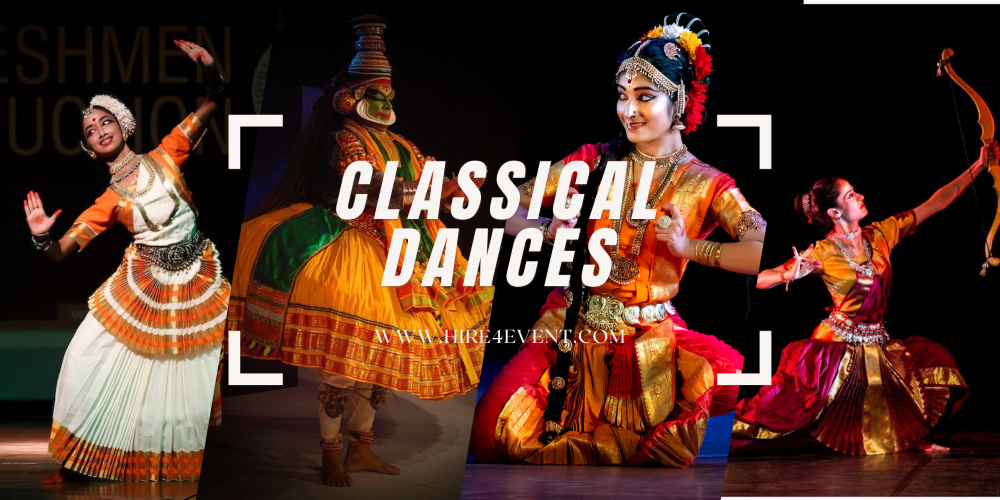
7.Manipuri (Manipur)
This dance form reflects the spiritual and devotional fervor of the Meitei community in Manipur. Based on Vaishnavite themes, it portrays stories of Lord Krishna and Radha’s divine love.
Key Features:
- Gentle, gliding movements
- Emphasis on group choreography
- Costumes include veils and cylindrical skirts
- Themes revolve around Radha-Krishna legends
Manipuri adds a dreamy and graceful element to any event setup.
8.Sattriya (Assam)
Sattriya dance was introduced by the saint-scholar Shankaradeva in Assam. Originally performed in monasteries (sattras), it has now gained national recognition as a classical form.
Key Features:
- Rhythmic and spiritual
- Based on Bhagavata Purana and Krishna stories
- Elegant costumes and music
- Blends dance with theatre and devotion
Ideal for formal cultural festivals and religious gatherings.
9.Chhau (Odisha, Jharkhand, West Bengal)
Though traditionally viewed as a martial and semi-classical art, Chhau has been recognized by the Ministry of Culture as a classical dance form. There are three styles—Mayurbhanj (Odisha), Seraikella (Jharkhand), and Purulia (West Bengal).
Key Features:
- Energetic and acrobatic
- Use of masks (especially in Purulia Chhau)
- Martial arts influence
- Stories from epics and folklore
A bold and captivating performance for outdoor and public events.
10.Vilasini Natyam – Andhra Pradesh
Vilasini Natyam is a revival of temple dance traditions once performed by Devadasis in Andhra Pradesh. It was resurrected in the late 20th century and has now found a place among recognized classical styles.
Key Features:
- Revival of extinct dance practices
- Solo female performance tradition
- Focuses on temple rituals and storytelling
Key Elements of Classical Dance
- Mudras: Symbolic hand gestures used to convey meanings, emotions, and actions
- Abhinaya: The art of expression through facial movements and body language
- Raga and Tala: Musical and rhythmic structure that guides the performance
- Costumes and Makeup: Highly stylized, often representing deities or mythological characters
Each dance form has its own music style (Carnatic or Hindustani), instruments, and costume aesthetics.
Classical Dance in Modern Events
In today’s dynamic and diverse event industry, classical Indian dance has found a place far beyond temples and cultural festivals. It has gracefully stepped into the limelight of modern events—enhancing their aesthetic value, enriching their narratives, and captivating audiences with centuries-old elegance. Whether it’s a corporate gala or a destination wedding, classical dance brings timeless charm to every occasion.
Where Classical Dances Fit In:
Classical dance isn’t just about tradition—it’s about expression, story, and impact. That’s why it’s now a popular choice for:
- Corporate gala dinners
- Government and embassy events
- Product launches with Indian or cultural themes
- Destination weddings and royal-themed celebrations
- Award ceremonies and inaugurations
- International cultural exchange programs
Adding a classical performance helps elevate the tone of the event, lending it cultural sophistication and visual depth that few other art forms can match.
The Eight Rasas in Classical Dance
Central to Indian classical dance is the concept of Rasa—a Sanskrit term meaning “essence” or “flavor”. These eight Rasas form the foundation of storytelling and expression in classical performances. Each Rasa reflects a human emotion, helping the artist communicate and the audience connect.
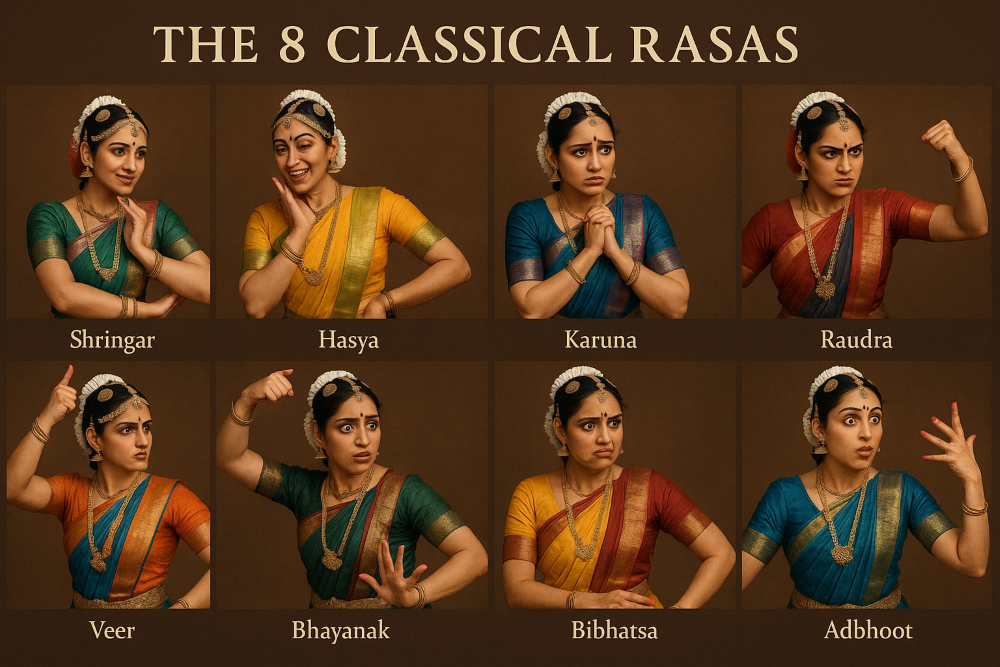
The 8 Classical Rasas:
- Shringar (Love) – Expresses beauty, attraction, and romantic longing.
- Hasya (Laughter) – Depicts joy, mischief, and humor.
- Karuna (Compassion) – Evokes empathy, sorrow, and emotional depth.
- Raudra (Anger) – Shows fury, vengeance, and aggression.
- Veer (Heroism) – Represents bravery, confidence, and valor.
- Bhayanak (Fear) – Conveys terror and apprehension.
- Bibhats (Disgust) – Projects revulsion or moral outrage.
- Adbhoot (Wonder) – Captures amazement and the mystical.
These Rasas are portrayed through mudras (hand gestures), abhinaya (facial expressions), body movement, and music. This emotional spectrum makes classical dance deeply expressive and universally relatable—an ideal storytelling tool for events that aim to move and inspire.
Hire4Event: Your Partner for Booking Classical Dancers
At Hire4Event, we believe every performance is a story waiting to be told—and we help you tell it with grace and professionalism. With years of experience curating top-quality live performances, we simplify the process of booking classical dancers for any event type.
What We Offer:
- Verified classical artists from reputed institutions like Kalakshetra, Kathak Kendra, and Nalanda Dance Research Centre
- Solo, duet, and group performances tailored to your event size and style
- Custom choreography to align with your brand message or cultural theme
- Full production support, including stage design, lighting, and sound engineering
- Props, traditional costumes, and backstage assistance for seamless execution
Whether you want a soulful Odissi solo, a powerful Kathakali ensemble, or a vibrant group Bharatnatyam performance, our team ensures every detail is perfected—from booking to bow.
Why Choose Classical Dance for Your Event?
Incorporating Indian classical dance into your event isn’t just about entertainment—it’s about crafting an experience. Here’s why it’s a brilliant addition:
- Cultural Credibility
Showcases India’s rich artistic heritage, especially valuable for audiences with international or dignitary guests. - Emotional Depth
Each performance tells a story—of love, heroism, or devotion—leaving a lasting impression. - Visual Splendor
Dancers wear ornate costumes, jewelry, and makeup while moving with precision and grace, delivering cinematic beauty in real time. - Educational Value
Audiences, especially global ones, gain insight into Indian values, mythology, and storytelling traditions. - Customizable Content
Choreographies can be tailored to modern themes, brand narratives, or fusion concepts.
Final Thoughts
Classical dance is more than art—it is an experience of India’s spiritual and cultural journey. In a world filled with fast-paced entertainment, classical performances provide a moment of reflection, beauty, and awe. If you wish to leave a lasting impression on your guests and promote Indian heritage through your event, booking a classical dance act is the perfect choice.
Hire4Event is here to help you bring these masterpieces to life. Connect with us today to discover how classical dance can transform your next event into an unforgettable celebration of culture.
📞 Call: +91-9810617123
📧 Email: sales@hire4event.com
🌐 Visit: www.hire4event.com
🏢 Address: 214, ABC Tower, Sec-135, Noida-201301

